This Monday, Bea will facilitate. She shares:
I am writing this the Thursday before the actual march, which is scheduled for next Saturday. I have been waiting for this march for a long time. I have marched for women. I have marched for science. I have marched for the rights of indigenous people, and I have marched for climate change. Over the last 12 months, the bulk of my physical exercise has come from these marches. But the most obvious one, the march for gun reform, had not yet happened. It took another school shooting and the death of 17 high school students to wake us from our stupor. It did not happen after Sandy Hook. It did not happen after San Bernardino. It did not happen after Las Vegas. So why now? Why are we willing to stop what we are doing, come together as a community, and finally say: "Enough is enough. Something has to change." And will "they" listen? The elected officials? The decision makers? Those who claim to represent us?
In Peace is Every Step, Thay writes a chapter on "Mindfulness Must be Engaged."
He writes, "When I was in Vietnam, so many of our villages were being bombed. Along with my monastic brothers and sisters, I had to decide what to do. Should we continue to practice in our monasteries, or should we leave the meditation halls in order to help the people who were suffering under the bombs? After careful reflection, we decided to do both-to go out and help people and to do in mindfulness. We called it engaged Buddhism. Mindfulness must be engaged. Once there is seeing, there must be acting. Otherwise, what is the use of seeing?
We must be aware of the real problems of the world. Then, with mindfulness, we will know what to do and what not to do to help. If we maintain awareness of our breathing and continue to practice smiling, even in difficult situations, many people, animals and plants will benefit from our way of doing things. Are you massaging Mother Earth every time your foot touches her? Are you planting seeds of joy and peace? I try to do exactly that with every step, and I know that our Mother Earth is most appreciative. Peace is every step. Shall we continue our journey?"
After 9/11 happened in the U.S., Thay went on a 9-day fast to empathize with all those who were affected and suffering by this tragic event. He called it his "prayer in action."
So, when it comes to gun violence in America, do we get involved only when we are directly affected by it or do we stand with those who have lost loved ones? Do we tune out when we hear of yet another unarmed black man being shot by the police or do we say something? Do we know if our member of congress is funded by the NRA or if our pension fund is supporting companies that manufacture weapons and related accessories?
What is our prayer to action when it comes to gun violence in America? What is our role as mindful practitioners? Can we sit and meditate, or do we go out and march or do we do both? What is right for each one of us?
And on a Buddhist perspective on guns, I found this article by Greg Snyder in the February edition of Lion's Roar particularly interesting. If you have time, I invite you to read it.
In gratitude,
Bea

























